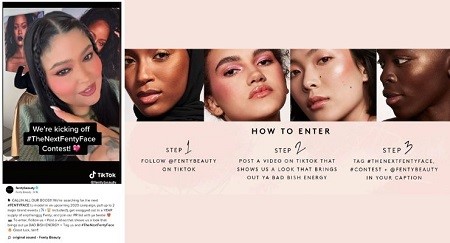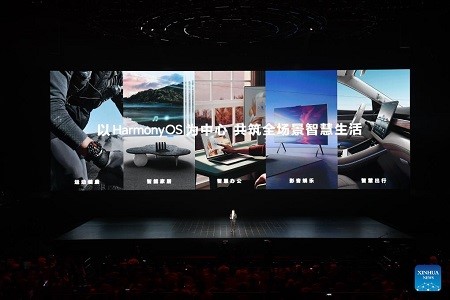The Effect on Consumer Behavior of Chinese and Western Social Media

In the dynamic landscape of contemporary retail, the symbiotic relationship between social media and consumer behavior has become an undeniable force. Any comprehensive marketing strategy today must include a robust social media component, as it wields unparalleled influence over purchasing trends. However, it’s essential to recognize that the utilization of social media platforms diverges significantly between Western countries and China, despite the overarching globalization of digital culture. This article explores the intricate web connecting social media and the retail sector, exhibiting differences and similarities between the West and East.
The Distinctive Social Media Landscape: West vs. East
In the Western hemisphere, social media is harnessed primarily for personal communication, content sharing, and networking. Companies here channel their efforts towards crafting compelling content and narratives that captivate users, often enlisting influencers and bloggers for collaborative works. Paid advertising options, connected with targeted ad campaigns, are integral elements of their marketing strategies.
For instance, in 2022, Fenty Beauty, the cosmetics brand founded by Rihanna, embarked on a highly successful social media campaign. This campaign centered around inclusivity and diversity and featured user-generated content celebrating individuals of diverse skin tones and ethnic backgrounds using Fenty Beauty products. The hashtag #FentyFamily became a rallying point for users to share their experiences. The campaign resonated powerfully on platforms like Instagram and Twitter, generating organic reach and promoting a positive brand sentiment.

(Image Source: Beauty Packaging)
In contrast, China integrates social media with shopping activities at a profoundly interactive level, creating an immersive shopping experience. Here, the basic elements of social media marketing are Key Opinion Leaders (KOLs) and WeChat, an all-encompassing platform that supports personalized marketing messages, loyalty programs, and direct sales. KOLs employ live-streaming, short videos, and product reviews to promote products, while WeChat functions as a multifaceted hub for brand engagement.

(Image Source: Digital Business Lab)
Huawei regularly conducts product launch events via livestream on Weibo and Douyin. These events not only introduce new products but also allow viewers to pre-order them directly within the livestream. This approach integrates brand promotion with e-commerce seamlessly.

(Image Source: People’s Daily)
Xiaomi leveraged WeChat for flash sales campaigns. They used their official WeChat account to announce limited-time discounts and sales events, encouraging users to make quick purchases directly through the platform.
Mutually Interdependent Trends: A Globalized Exchange
Despite the distinctions, the influence of social media knows no borders. China has long been a pioneer in social media trends, with practices like influencer marketing and livestream shopping gaining popularity and crossing over into Western markets. The latter, in particular, saw significant prominence during the COVID-19 pandemic when in-person shopping experiences were reduced. China’s integration of e-commerce features within social media apps inspired Western platforms to explore similar functionalities, enabling users to purchase directly through their preferred social media channels.
This kind of effect works both ways. Western social media platforms have popularized user-generated content (UGC), the importance of authenticity, personal branding, and the showcasing of lifestyles. These trends have entered China, prompting Chinese companies to adopt UGC and emphasize authenticity. Consumers gravitate towards products that align with their personal brand and lifestyle choices.
The Imperative of Understanding
While mutual influence between Chinese and Western social media trends exists, it is crucial to note that each market has unique characteristics, cultural influences, and consumer preferences. Crafting localized content that resonates with the target audience, and aligns with cultural norms is non-negotiable. Overall, the key to success in social media marketing lies in understanding the target audience, tailoring strategies accordingly, and leveraging the unique features and cultural nuances of each platform. In the ever-evolving realm of social media and retail, this understanding remains the ultimate key to triumph.

This blog post was originally published by Melchers’ Retail Partner 5 Star Plus Retail Design, an interior design company specializing in the branded design of retail stores and restaurants. The original post can be found here.


